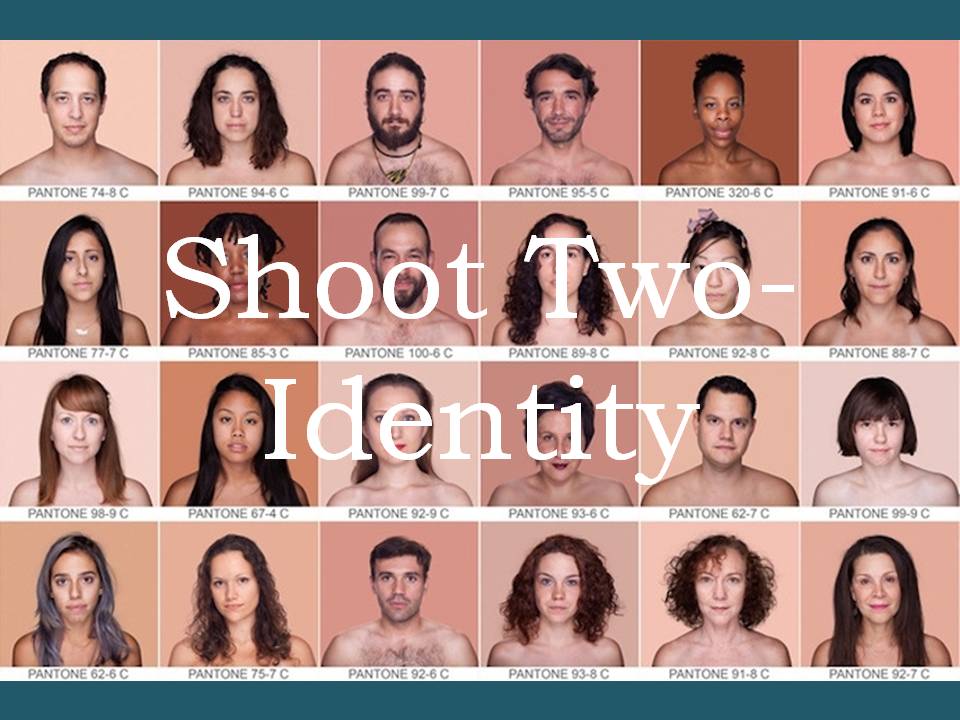
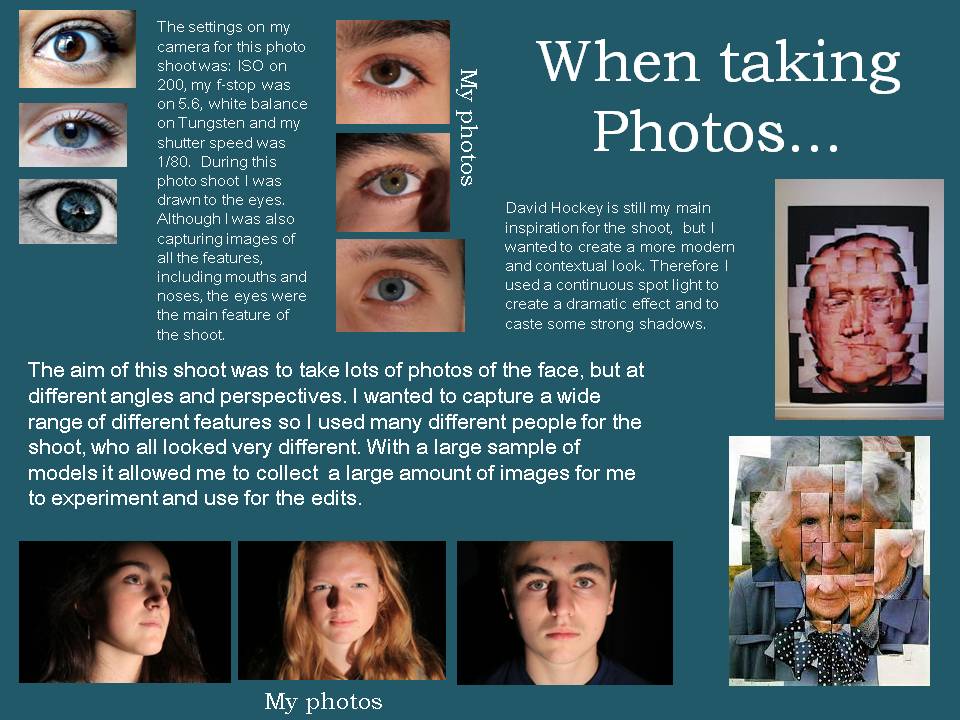
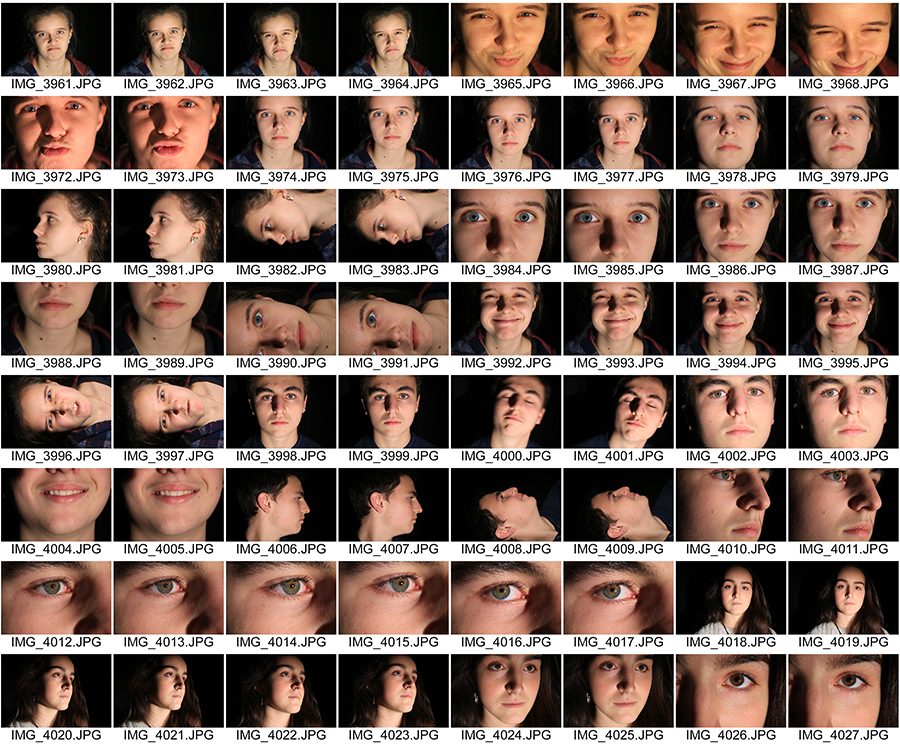
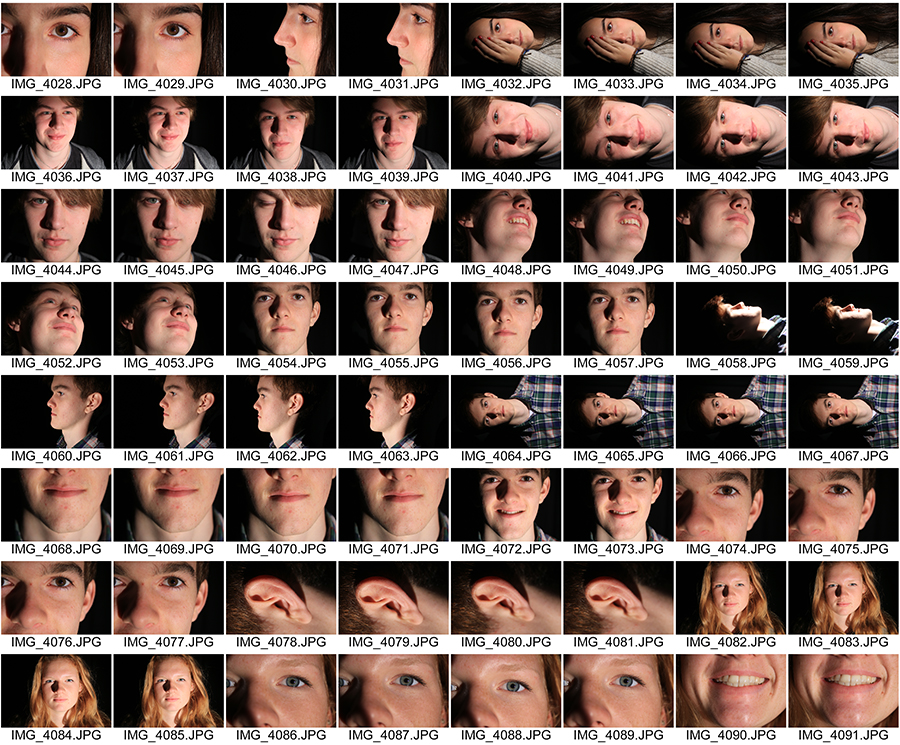


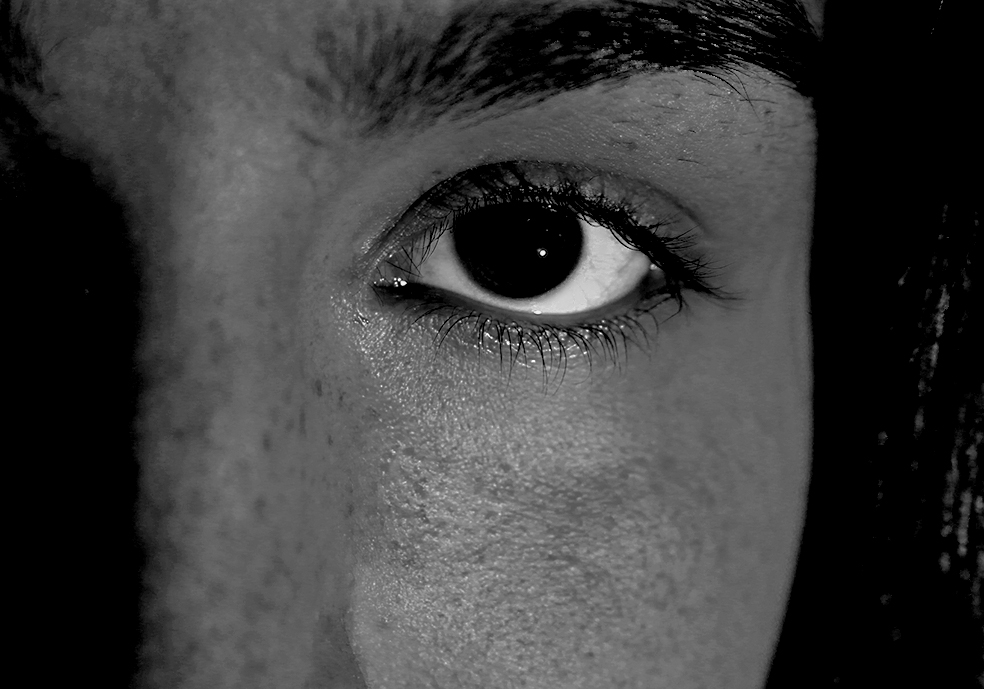
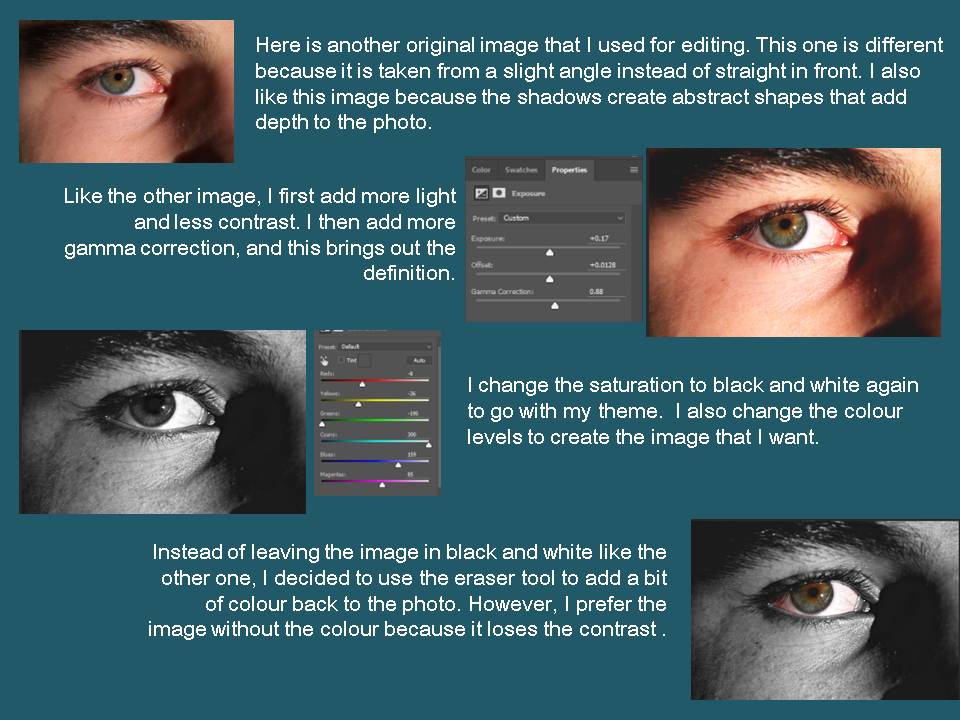
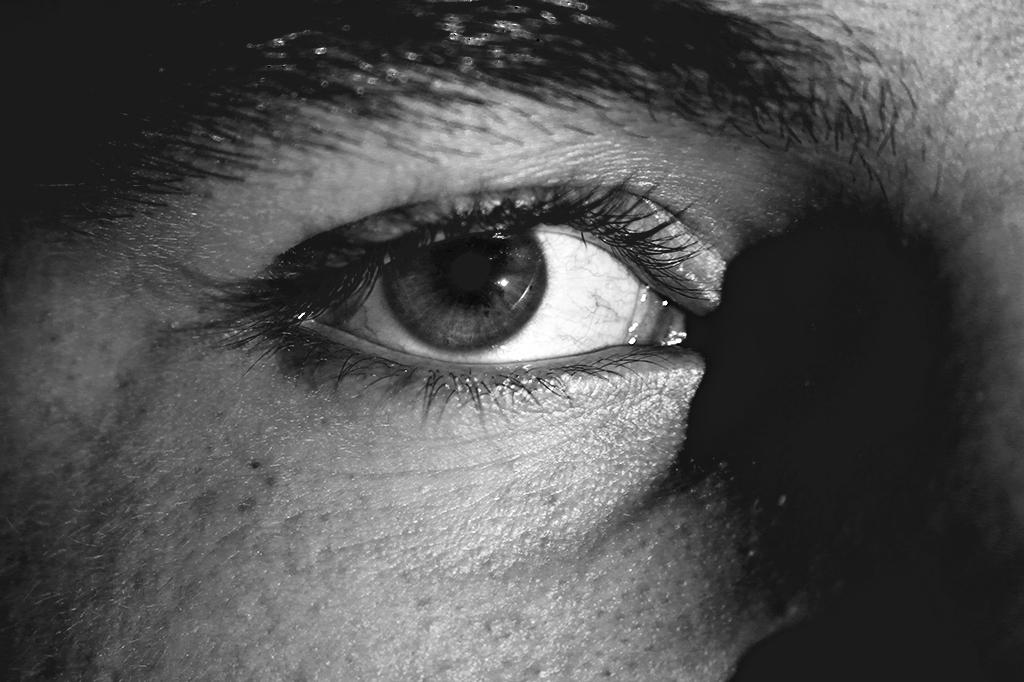
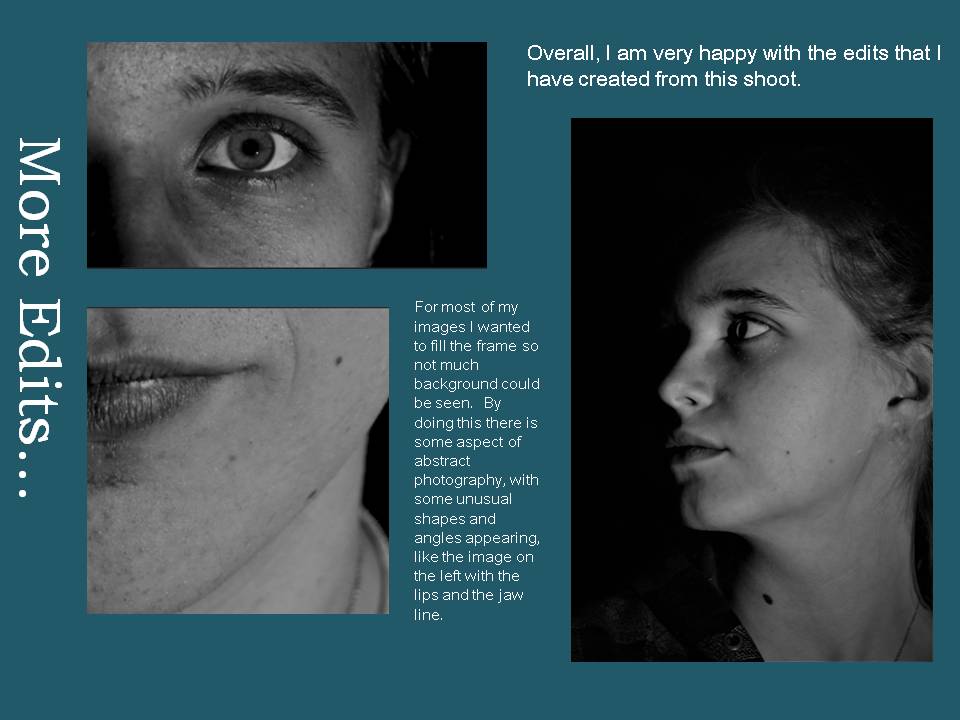
Daily Archives: December 5, 2016
Filters
Introduction Landscape Photography

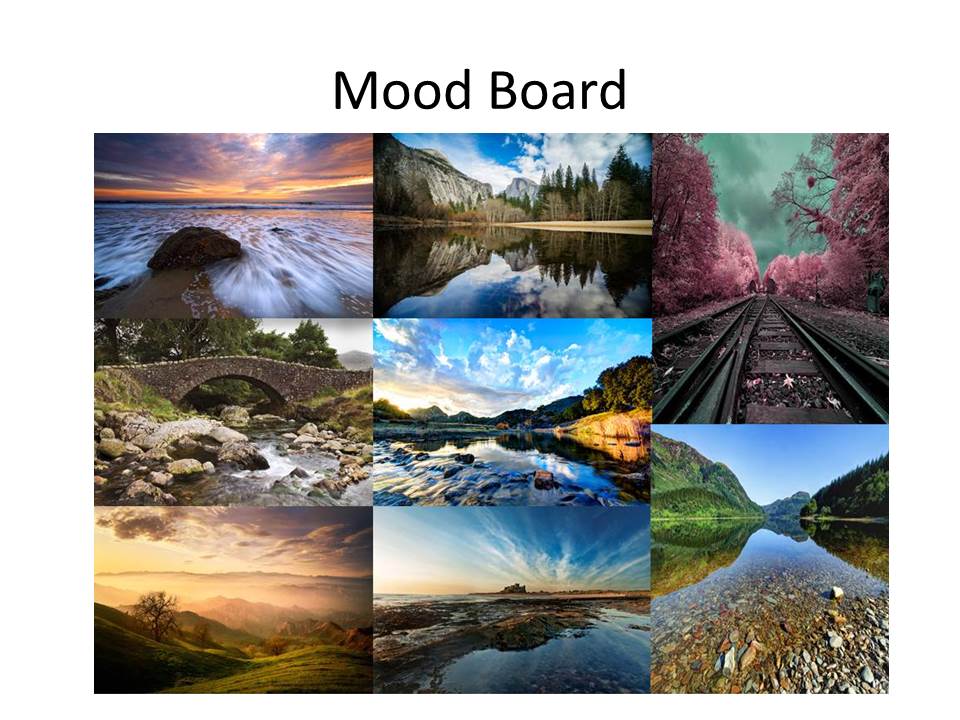
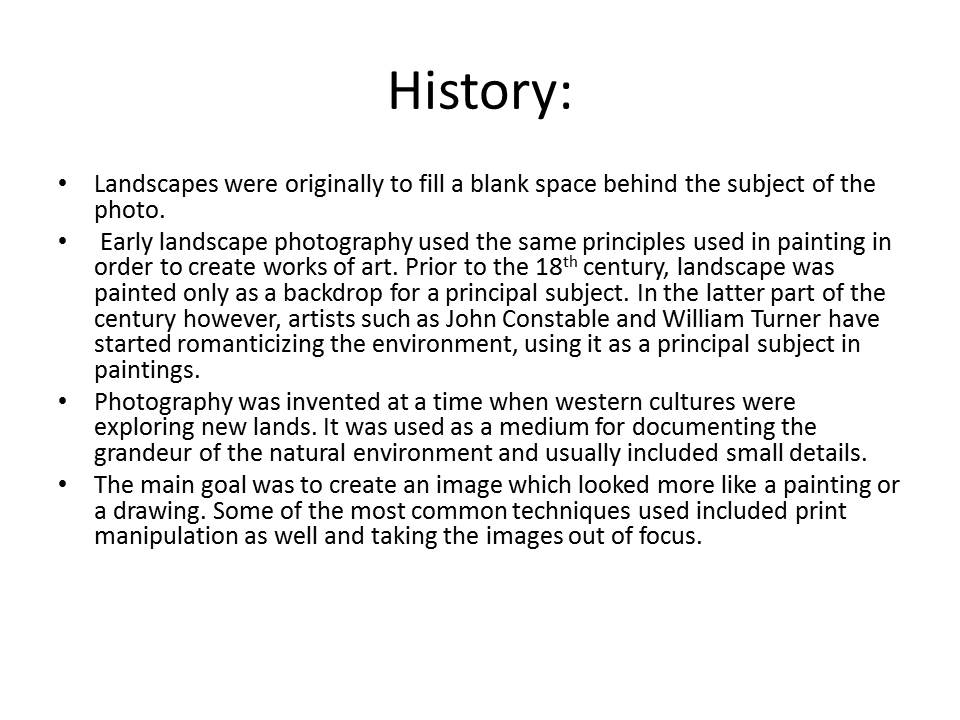

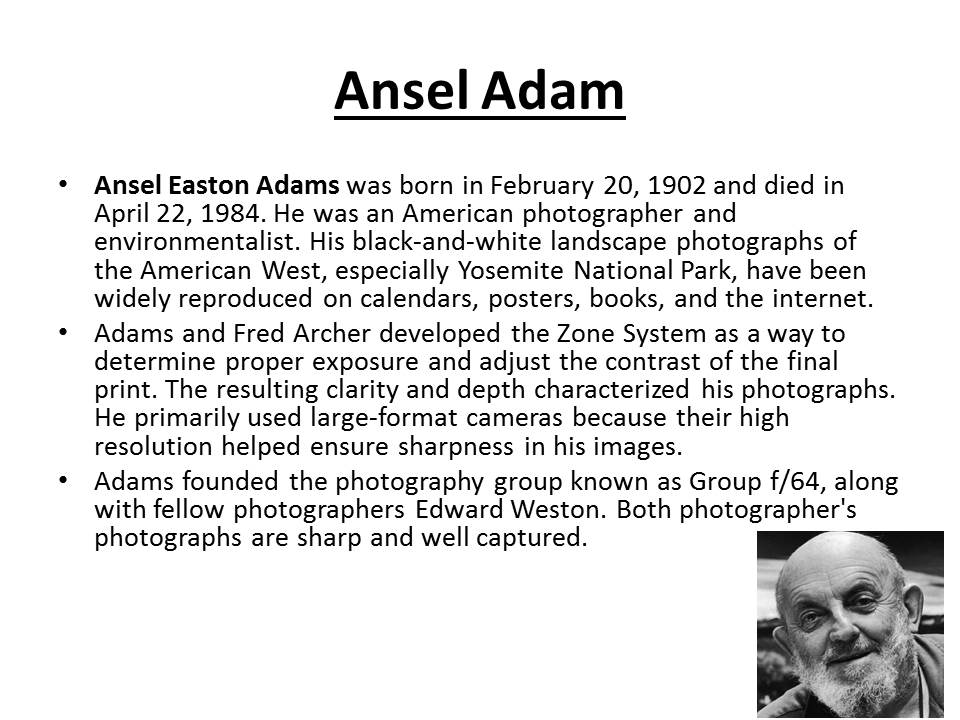
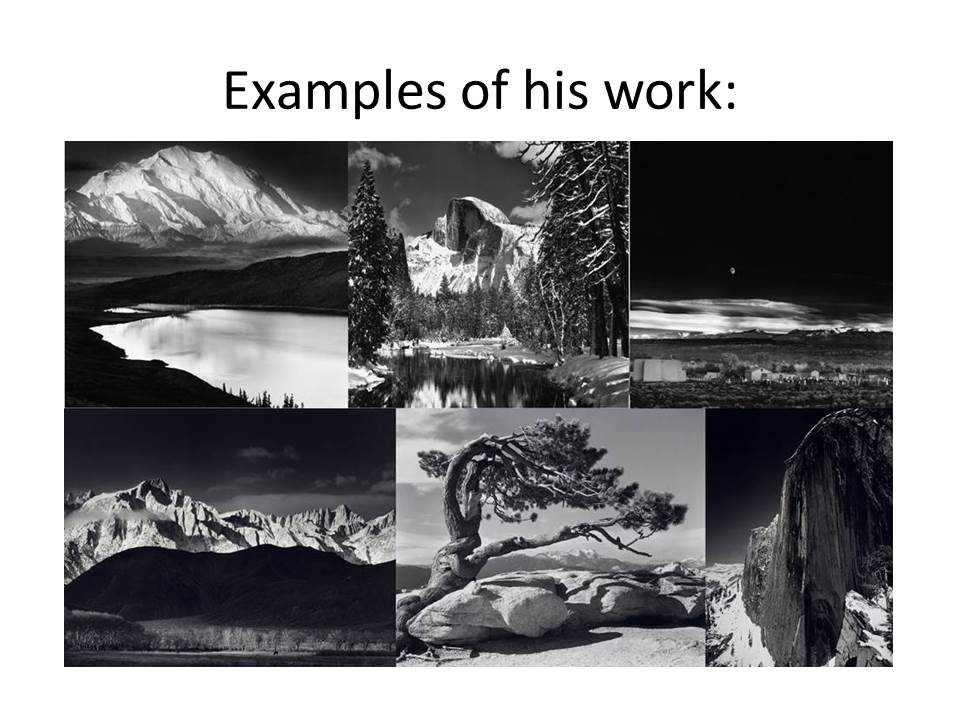
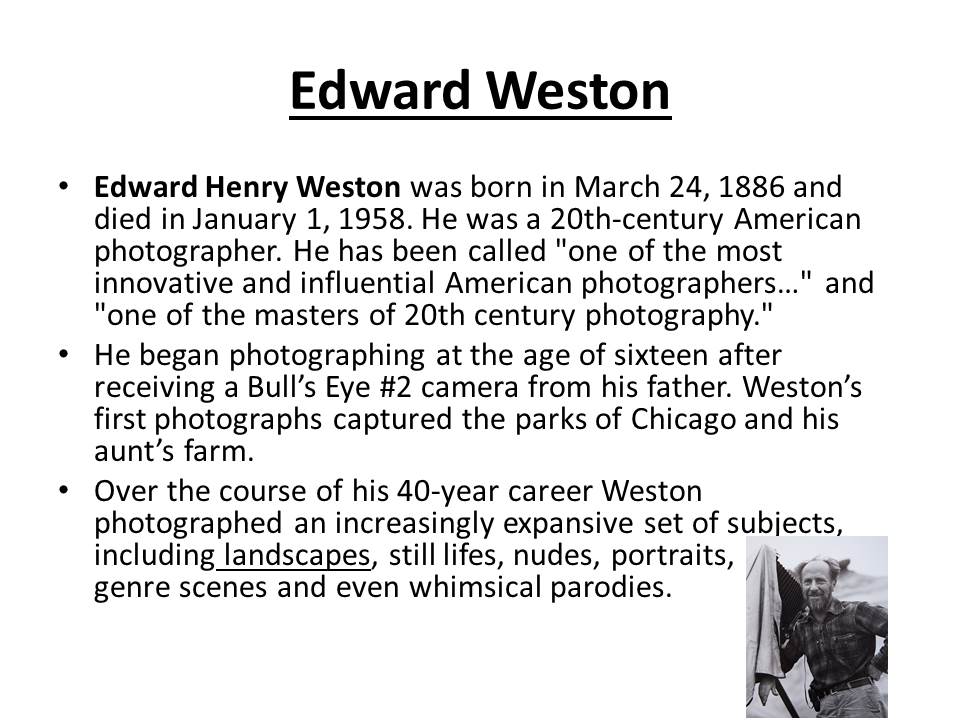


History of Landscape Art and Photography
Landscape art and photography is where the essence of nature is captured without a human presence using the landscape itself through various locations such as mountainous, forest , beach, architectural and other places.
Through the centuries, landscape art has developed massively through different influences of the time. With the Medieval ages, there was much more of a Gothic presence, whereas with the renaissance artists such as Leonardo Da Vinci were being somewhat more expressive by influences such as classic poetry; artists expressed themselves more. Within the 17th and 18th centuries more styles such as bracketing whereby an object along the side of the foreground that directs the viewer’s eye into the composition were more commonly adopted. This style still has a strong presence in today’s photograph.
With further developments through the 19th century in landscape, people started to build upon the idea of romanticism to capture the essence and beauty of nature with abstract color with the natural light from the sky, working in cohesion with the composition of the environment of the photograph.
With the turn of the 20th century and early photography being introduced, landscape adapted and took off from where landscape art was at the time. However artists did somewhat make an effort to separate landscape photography from art. From here, the natural environment was seen as inspiration. Artists such as Edward Weston and Ansel Adams took hold of this, expressing their moods and emotions.
